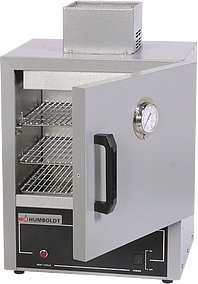
H-30105.XX
Lab Ovens: Forced Air
Quality fan-forced circulation ovens feature double-wall construction and heavy, welded-steel exterior.
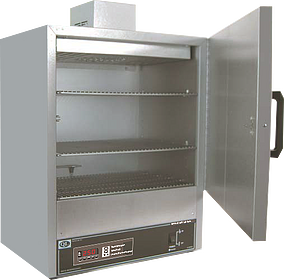
H-30105E.XX
Lab Ovens: Forced Air Digital
Digital microprocessor control ovens meet the needs of industry, research organizations and schools.
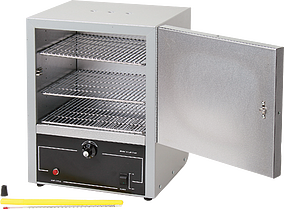
H-30100.XX
Lab Ovens: Gravity Convection
Quality gravity-convection ovens feature double-wall construction and heavy, welded-steel exterior
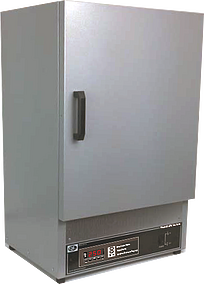
H-30100E.XX
Lab Ovens: Gravity Convection Digital
The digital control combines the features of the analog model but offers the stability of a full PID microprocessor.
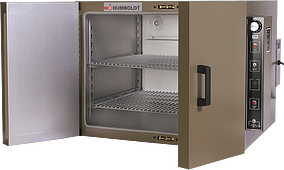
H-30140.XX
Bench Oven with Dial Temperature Control
Ovens feature fan-forced-air circulation and adjustable dial temperature control

H-30140E.XX
Bench Ovens, Digital Control
Precise PID microprocessor temperature controller holds temps within 1°

H-30322.XX
High-Performance, Bench-Top Ovens
Forced-air convection oven uses microprocessor-based control system
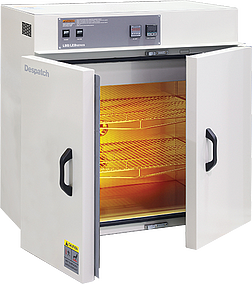
H-30356.XX
Forced-Air, Convection Oven
Heavy-duty, ideally suited for soil and asphalt testing applications
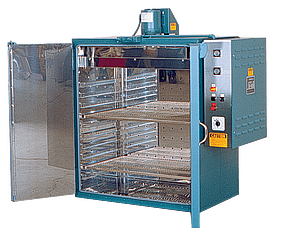
H-32300A.XX
Large Capacity Bench Ovens
Handle a wide variety of applications and feature an analog thermocouple-actuated, temperature controller
Lab Ovens
The cement cube test is used to determine the compressive strength of hydraulic cement and other mortars. This quality is very important for almost all cement and mortar applications, especially when relating to infrastructure. Because compressive strength plays such a large role in cement mortar functionality and success, many different tests are used to analyze this characteristic. The test results can then be used to determine compliance with specifications, such as ASTM C109 and ASTM C780. These and similar ASTM test methods emphasize the importance of using care in closely observing the testing procedures used to verify requirements.
Masonry mortars composition can include the following cementitious materials: Portland cement, hydraulic cement, masonry cement, slag cement, quicklime, hydrated lime and lime putty. Aggregates may consist of natural or manufactured sand. Admixtures may also include accelerators, water repelling compounds, pigmentation, retarding and air entrainment solutions.
Cube testing is one of the most simple and common ways to determine the compressive strength of cement and mortar mixes. To perform this test, the mixes are poured into cube molds and tempered for 24 hours to ensure no voids are present. Once prepped, the surfaces are smoothed with cement paste. One to three weeks after curing, specimens are placed in compression testing machines where a load is gradually applied until the mix fails. To ultimately calculate the resulting compressive strength, the load at the failure is divided by the area of the specimen.
Masonry structures are constructed to be load bearing, including walls, columns and foundations. Determination of the compressive strength is critical in ensuring the structure can support a given load.
Humboldt offers a variety of cube molds for testing, which are constructed of brass, stainless steel and plastic. All are 3-gang molds and can be purchased in diagonal and parallel configurations. Some models for use with expansive grouts feature a detachable base and top plate for ease of use. A briquette mold for hydraulic cement mortar tensile strength tests is also available.
Also available are tamper rods for tamping material into the cube molds, as well as rubbing blocks and calipers for smoothing and recording sizes of cubes before compression testing. We carry 2-inch cement cube pad retainer caps and compression pads for securing cubes during compression testing.
If you have questions or need help selecting equipment, please call us at 1.800.544.7220 or use our Ask Humboldt form.

